The Art of Dragon Age: The Veilguard is an excellent book that any franchise fan should pick up, showing off a plethora of concept art, design decisions, and scrapped content. While all of this is natural for any video game, including having a pretty filled cutting room floor, this art book gives fans a look at the earliest concepts from before Inquisition shipped, Dragon Age: The Veilguard‘s “time” as Project Joplin, and the work that ultimately led to DA:TV as Project Morrison. There’s plenty of cool content, including how the original hub was a ship and how Calpernia was supposed to return as a companion, among other things, but the concept art of its Scoundrels caught my eye the most.
MINOR VEILGUARD SPOILERS AHEAD
The art book reveals that the Dragon Age: The Veilguard development team conceptualized “Scoundrels” at one point during the Project Morrison phase. These Scoundrels were essentially anti-companions. These Scoundrels would have added unique combat encounters to the game, added narrative depth as representatives of certain factions and/or locations, would essentially be counter to all party members, and would replace The Inquisitor’s Judgment scenes with players able to decide their fate once defeated (kill them and obtain their loot, regardless of how ridiculous it was, or spare them for a later favor). Now, it’s clear to see how these did manifest in Dragon Age: The Veilguard, if a little different than the original concept.

Related
Dragon Age: The Veilguard Originally Had a Very Different Hub
By now, Dragon Age: The Veilguard players are familiar with their companion hub, the Lighthouse, but this was not the planned location from the start.
Every companion arc has a primary antagonist who is counter to the party, Hezenkoss and the Dragon King to Emmrich and Taash are but two examples. They are the “counter” to each of Dragon Age: The Veilguard‘s companions, and their role in the game is appropriately B Villain. But I think, in terms of a concept, BioWare could do more with future iterations of Scoundrels.
How the Next BioWare Game Could Double Down on Scoundrels
The pipeline from Scoundrel to a companion’s quest villain in Dragon Age: The Veilguard seems pretty clear, but it seems like this feature could be integrated into a BioWare game in a less structured way. For example, let’s say that the primary villain decided to gather their own companions like a Dragon Age protagonist. The main story could focus on the primary villain, while these B villains appeared in more natural, emergent ways during side quests and whatnot. A more open-world style game akin to Dragon Age: Inquisition would probably be best for this, but of course, this is just a conceptual idea. These Scoundrels could be simple villains who were promised power (as many are in The Veilguard), they could perhaps be characters who were being controlled by the villain, or they could have other reasons to side with the villain.
Perhaps players are exploring Dock Town, and they find themselves attacked by the Blood Witch. Perhaps The Hunter could add a timer when pursuing the player, forcing them to complete some task within a time limit. In a theoretical BioWare game, these could be emergent elements that accomplish everything they need to as Batman-like B villains, but also introduce new companion-based gameplay mechanics. For example, perhaps one of the Scoundrels is being controlled by the villain, and players, who want to save the Scoundrel, have to find a way to break that control through multiple encounters and their own eventual quest. Perhaps it could be something like Cyrian as a Scoundrel, being controlled by Anaris, with their interactions more woven into the game. What I really like about this idea is how it could make unique gameplay encounters, show insight into factions/associations, show the power of the villain, and still even expand on the companion, romance, and choice systems of a Dragon Age game.
Concepts of Dragon Age: The Veilguard Scoundrels
Because the companions were not fully fleshed out yet, there are plenty of concepts for Scoundrels in the art book.
- The Mouse (looks like a Dwarven Vorgoth)
- Son of Sky Watcher
- The Blacksmith
- The Blood Witch
- The Golden Mercenary
- The Professor (A skeleton with a brain in a lantern for a head. Perhaps a predecessor of Hezenkoss)
- The Librarian
- The Beast (It gives off Butcher vibes)
- The OWl Gang
- The Fox
- The Fist
- The Dove
- The Spectre
- The Champion
- The Duelist
- The Hunter
- The Lava Queen (who looks like the rage-filled Titan Manifestation who looked like Harding)
- The Artifact
- The Interrogator
- The Flame
- The Black Dragon (perhaps a predecessor of the Dragon King)
- The Cartographer
- The Marshall
- The Blackbird
- The Faithless
- The Deadly Stillness
- The Prince
- Madam Venatori
- The Swarm
- The Beyondernaught
- The Bank
- Mournwatch Soldier
- Poltergeist & Necroknight
It’s Dragon Age; We Want to Kiss the Scoundrel
Depending on who the Scoundrel is and how they work for the villain, it could be interesting to see how these Scoundrels “return the favor” later or kill them for some unique, awesome equipment. That’s just the surface though. Depending on why they are working for the villain, it would be interesting to see a Scoundrel possibly become a Companion and/or a romance. Some kind of possible star-crossed, enemies-to-loves romance arc with someone who actively worked against you would add a lot of interesting layers to the decisions and gameplay of the game. What if this enemies-to-lovers arc also implied a betrayal of a different companion? This could even be used to give some characters closure, if this is how BioWare chose to bring someone like Anders (based on DA2 decisions) back. Having this feature as a gameplay attachment with possible story encounters—standalone in some cases, possibly attached/detached from actual companions or villains—would really make “anti-companions” a great asset in any game.
Example One
I recognize this is a bit hard to visualize and a bit hard to describe, so I wanted to provide a couple of quick examples. Imagine a game like Dragon Age: Inquisition.
You are exploring the Hinterlands when you are surprisingly attacked by an Assassin. This fight is clearly different from standard enemies and has distinctive gameplay options, like the Assassin creating clones of himself. Perhaps you defeat him and there is a unique gameplay encounter where you have to track him through the Hinterlands. You lose track of him but find a note ordering your assassination. Perhaps he appears in another combat encounter or two as you proceed throughout the game. When “Corypheus” reveals himself during the “attack of Haven,” he is joined by all the anti-companions, including this Assassin. The Assassin continues to appear in story missions and in random, regional attacks until players are able to catch him, triggering a dialogue that reveals “Corypheus” has some kind of mind control over him. This could then develop into a quest where players have to free him, but he begs to die for his actions (getting players loot) or they can spare him for a later favor. Doing nothing means the attacks still sporadically happen, and the main villain has him at his side later in the game. If BioWare wanted a scenario like this to be extra spicy, that Assassin could also be a fan-favorite character like Lucanis or Zevran.
Example Two
Another example could be a Scoundrel who appears first in a story mission, leading an enemy faction aligned with the villain. Think someone like Samson or Calpernia. They’ve done unthinkable things in the name of the villain, and one of your companions has a legitimate beef with them. However, their reasons for joining the Villain are somehow good of heart. They appear and attack, just like in the first example, but in a later quest, they are forced to work with the player. This causes them to question their allegiance, and they go their own way at the end of it. Players can continue the fight, encounter this Scoundrel in more peaceful situations, and flirt, eventually leading to an enemy-to-lovers arc. But this makes them a target of the villain and another companion is super angry about it, resulting in hard choices as a player.
While vague, I hope these examples help you visualize this feature the way I am because I think it would be a great way to approach companion systems in any video game, especially a BioWare one.
Because Scoundrels are a Dragon Age concept, my hypotheticals were as such too, but this could work even in a Mass Effect game. It would be an interesting and unique approach, as this is not common in companion-based games, but it would add depth to how these characters interact with the player. Of course, it sounds quite complicated and would depend on several other factors, but I hope the scoundrels of the art book, the “scoundrels” of Dragon Age: The Veilguard, are not done. I would love to see BioWare continue to iterate on this idea, evolve it, and incorporate it in more of the company’s most popular systems.
Source link
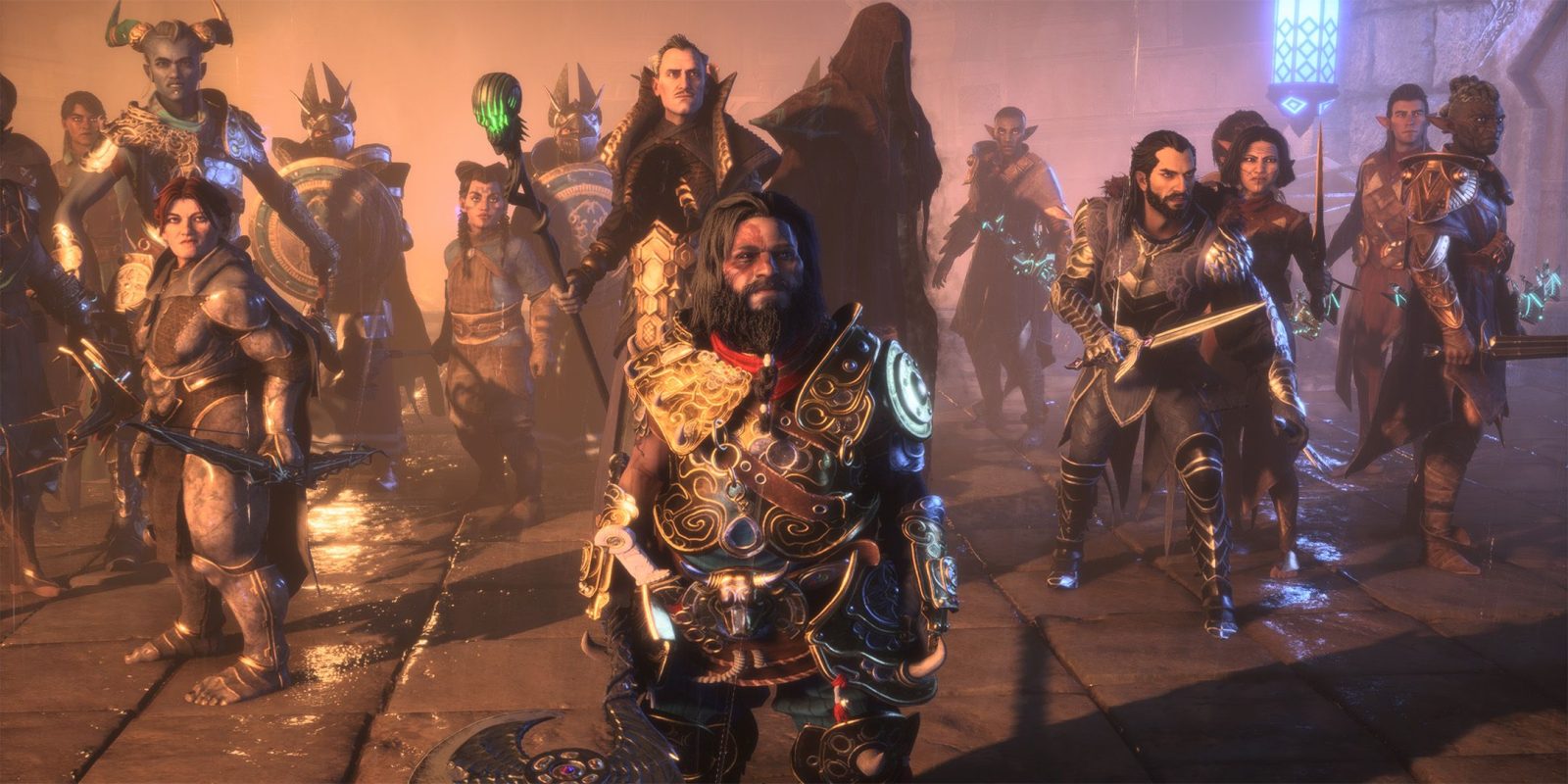

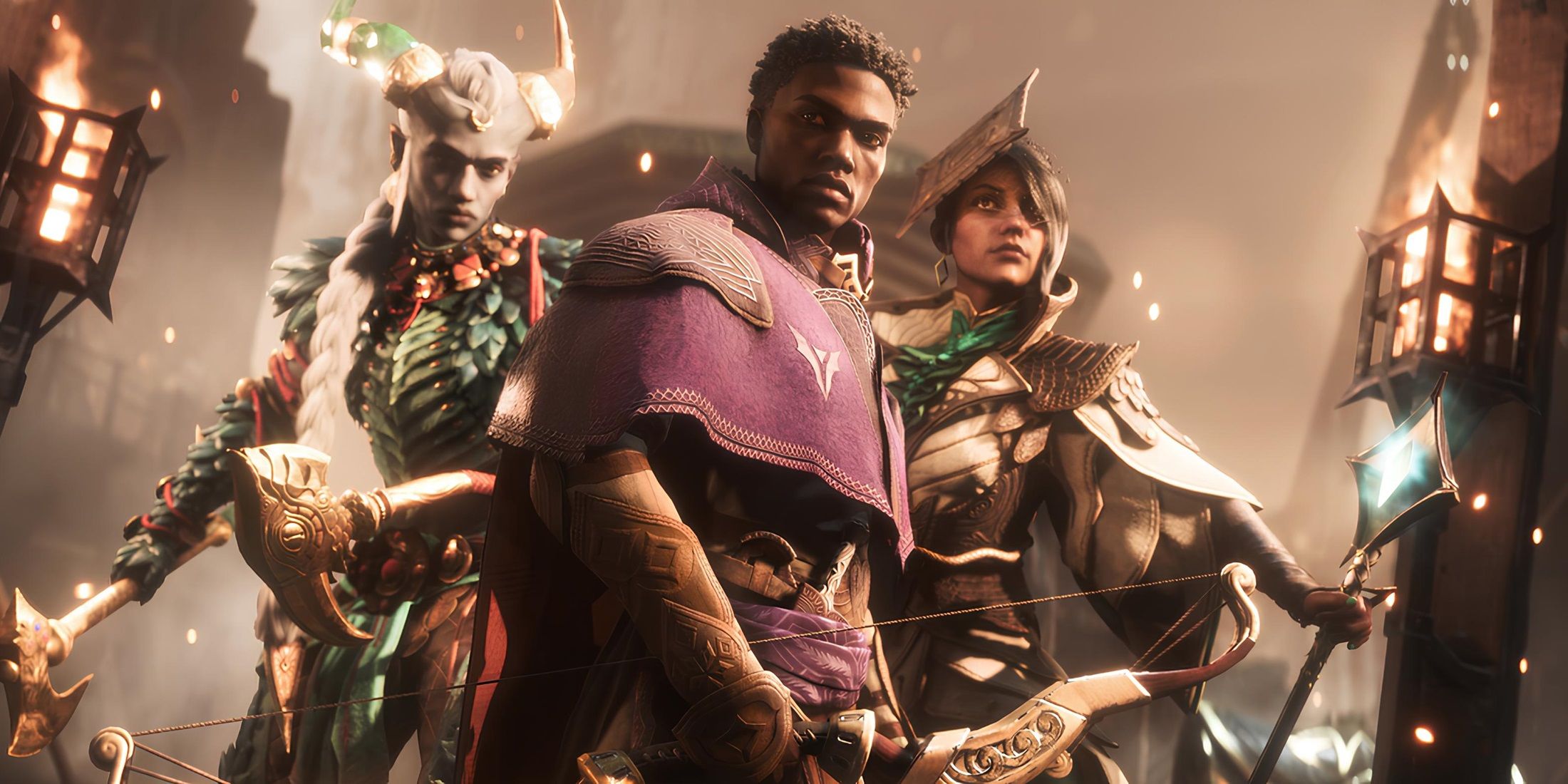
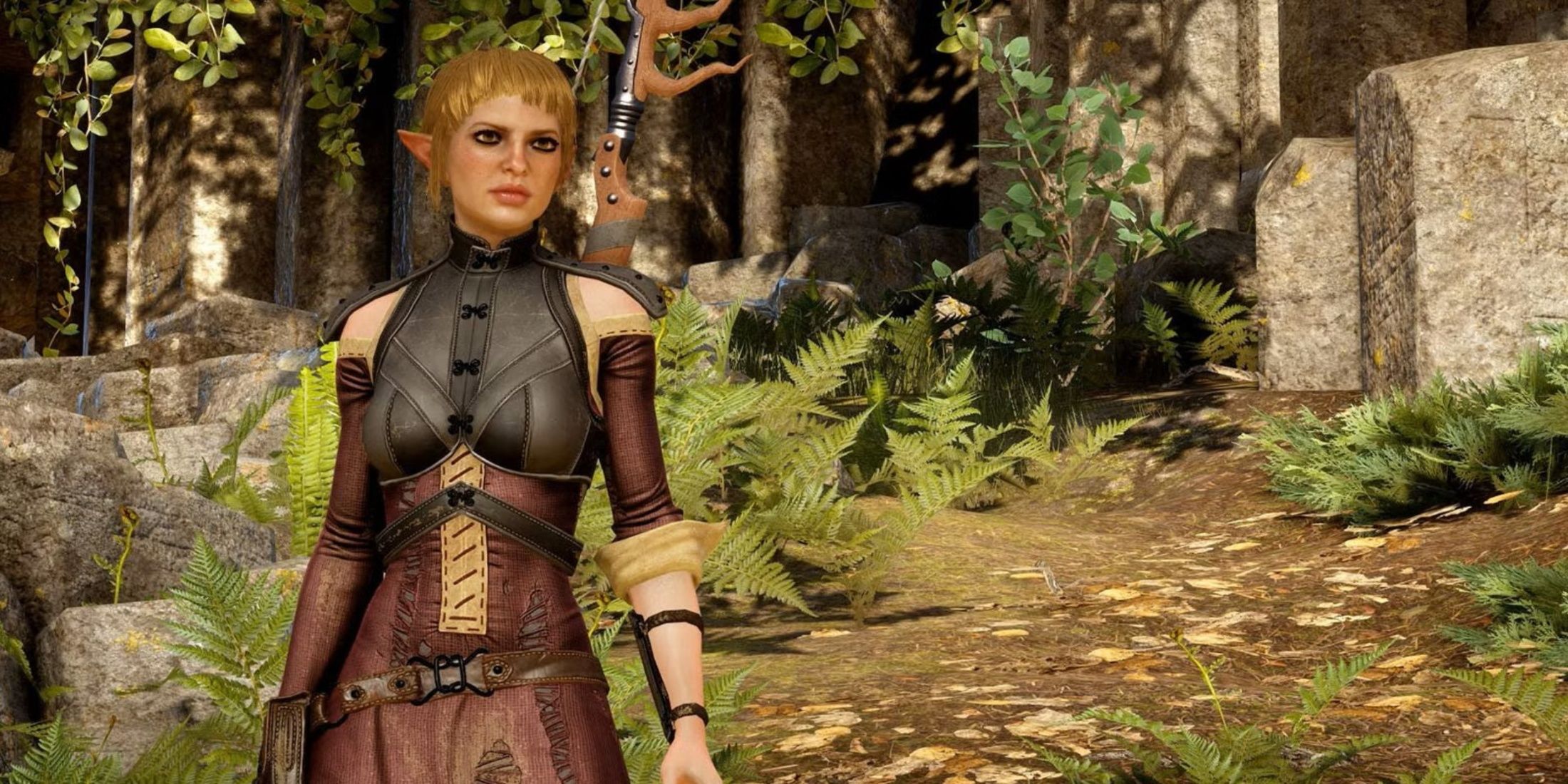
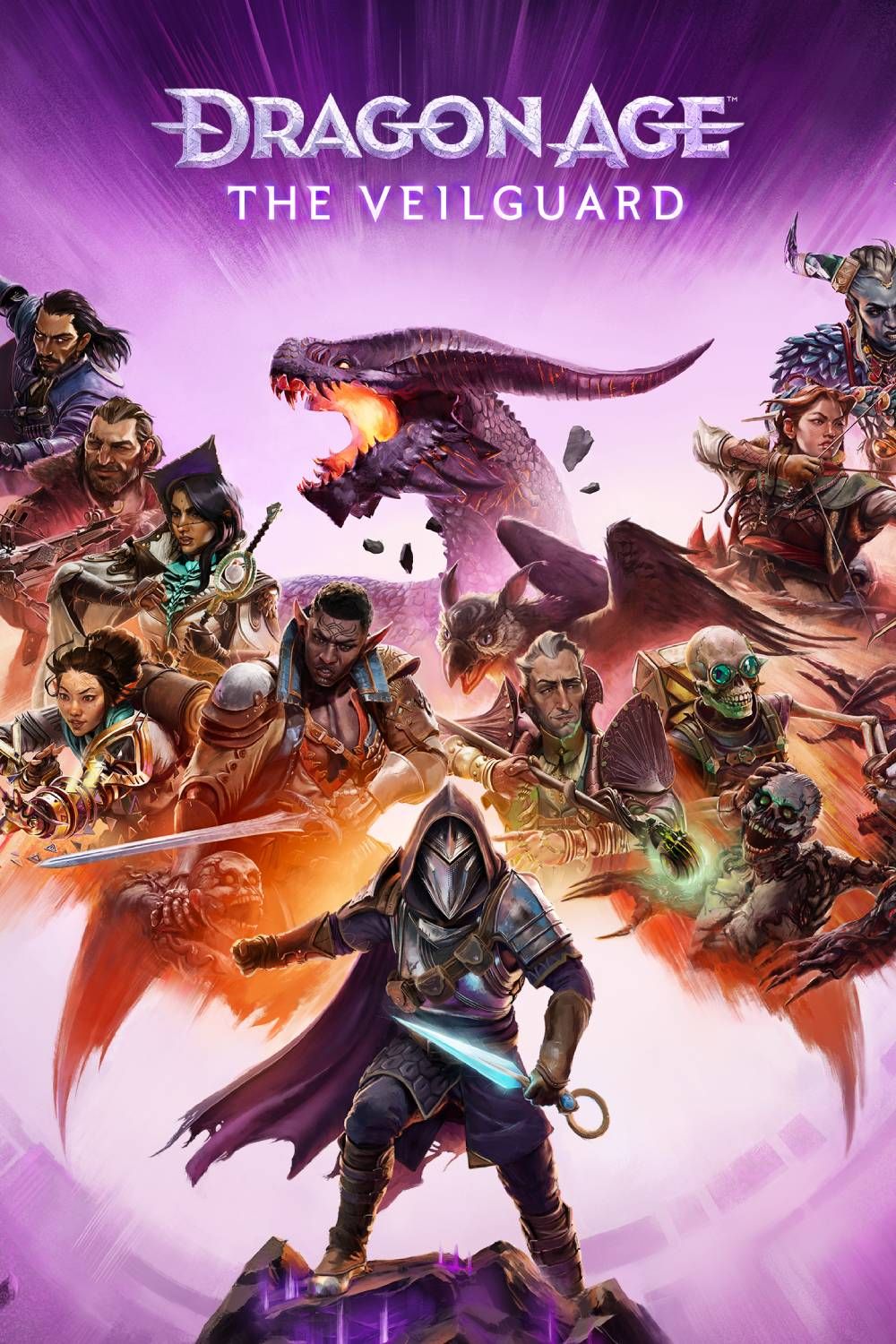
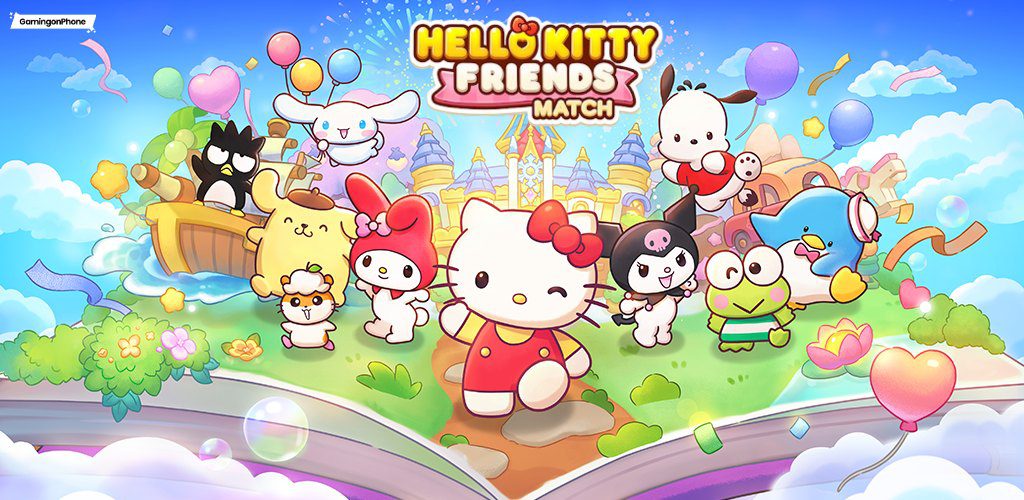








Leave a Reply